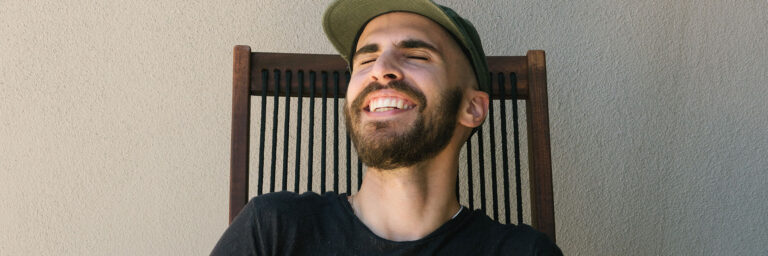Luck is the residue of design.
The saying “Luck is the residue of design” suggests that what we often perceive as luck is actually the result of careful planning and deliberate choices. In design, success rarely happens by chance. Instead, it emerges from a structured process of research, prototyping, and iteration. When a design performs exceptionally well, it’s usually because every detail was thoughtfully considered, every challenge anticipated, and every solution strategically implemented. Luck, in this sense, is a byproduct of the effort invested in creating a well-crafted design.
Good design anticipates user needs, potential issues, and market trends, which minimizes the reliance on luck. By addressing these factors upfront, designers create products, services, or experiences that are more likely to succeed because they are built on a foundation of strategic thinking and foresight. What might appear as a “lucky break” is often the result of thoughtful design choices that maximize the chances of a positive outcome.
Ultimately, this perspective highlights the importance of intentionality in design. When designers plan meticulously and execute with precision, they create opportunities for success that go beyond mere coincidence. Luck may play a role in the timing or reception of a design, but it is the solid groundwork laid by the design process that ensures lasting success. In other words, luck happens when preparation meets opportunity, and design is the preparation.











